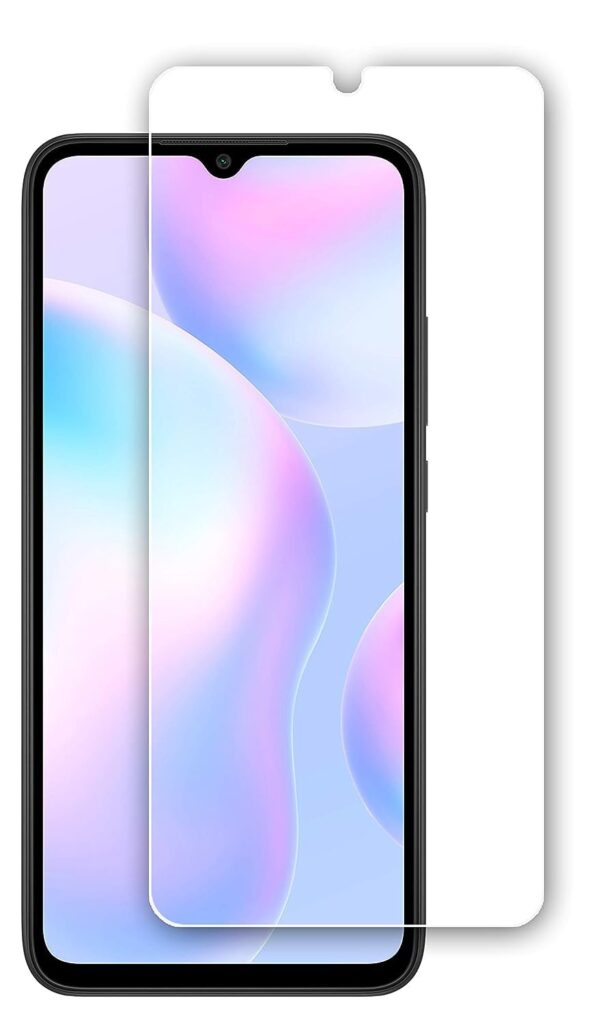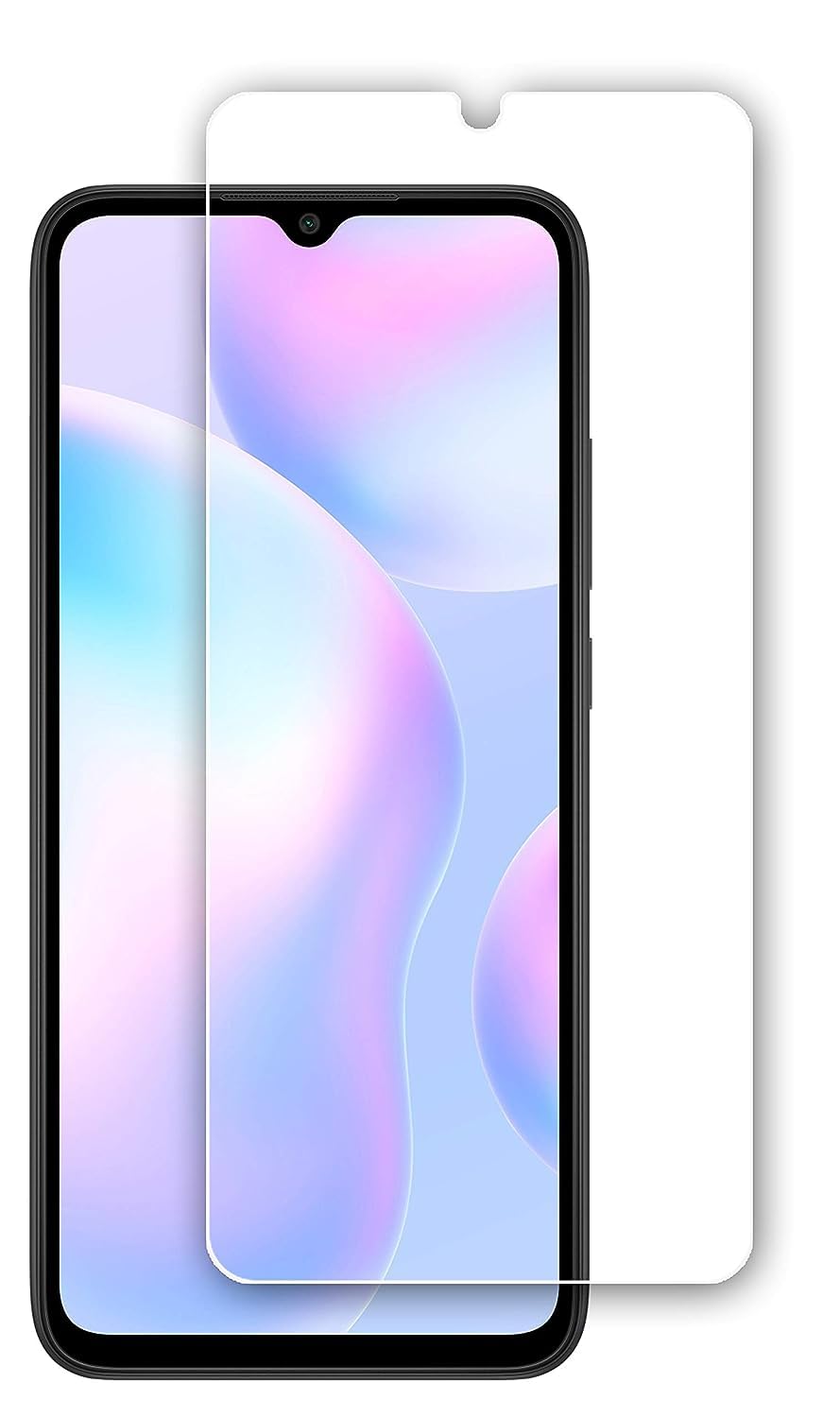Expert Guide | Mobile Screen Protector Comparison
When choosing the right screen protection for your smartphone, terms like 9D tempered glass and 11D tempered glass often create confusion. Both options claim to offer advanced durability and edge-to-edge coverage, but which one is truly better? This guide compares 9D vs 11D tempered glass to help you make the right choice for your mobile.
What Does “D” Mean in Tempered Glass?
The “D” refers to the dimensional design of tempered glass, focusing on how well it fits and protects the smartphone screen.
-
Lower “D” protectors (like 2.5D or 5D) usually cover less surface area.
-
Higher “D” protectors (like 9D or 11D) provide full coverage with curved-edge design for maximum protection.
In short, a higher “D” generally means better fit, more edge coverage, and stronger durability.

What is 9D Tempered Glass?
Features of 9D Tempered Glass
-
Provides full-screen coverage with curved edges
-
Scratch-resistant with 9H hardness rating
-
Oleophobic coating for smudge resistance
-
Maintains clarity and touch sensitivity
Pros of 9D Glass
-
Affordable and widely available
-
Strong impact resistance
-
Comfortable grip with smooth edges
Cons of 9D Glass
-
May not fit perfectly on extreme curved screens
-
Slightly less advanced than newer 11D versions
What is 11D Tempered Glass?
Features of 11D Tempered Glass
-
Enhanced edge-to-edge protection with refined curvature
-
Extra hardness and better shatter resistance
-
Ultra-clear display quality with anti-glare options
-
Strong oleophobic and hydrophobic coatings
Pros of 11D Glass
-
Superior durability compared to 9D
-
Better fit on modern curved displays
-
Improved fingerprint resistance
Cons of 11D Glass
-
Higher price point than 9D
-
Availability may be limited depending on model
9D vs 11D Tempered Glass: Key Differences
-
Coverage: Both offer full coverage, but 11D has more precise edge fitting.
-
Durability: 11D is slightly stronger, with enhanced crack resistance.
-
Touch & Clarity: Both maintain smooth touch sensitivity, but 11D may offer a clearer display.
-
Price: 9D is more affordable, while 11D is a premium option.
Which Tempered Glass Should You Choose?
-
Choose 9D tempered glass if you want solid protection at a reasonable price and do not have an extremely curved screen.
-
Choose 11D tempered glass if you own a high-end smartphone with curved edges, prefer superior durability, and do not mind paying slightly more.
Verdict: For most users, 11D tempered glass is the better option due to its advanced design and durability, but 9D remains an excellent budget-friendly choice.
Tips for Choosing High-Quality Tempered Glass
-
Always look for 9H hardness rating
-
Ensure compatibility with your specific phone model
-
Check for oleophobic coating to resist fingerprints
-
Buy from trusted brands or verified sellers
FAQs on 9D vs 11D Tempered Glass
Q1: Does 11D glass really protect better than 9D?
Yes, 11D tempered glass usually offers better edge-to-edge protection and slightly stronger durability.
Q2: Will tempered glass affect touch sensitivity?
High-quality 9D and 11D protectors maintain original touch sensitivity without lag.
Q3: Is it worth paying more for 11D tempered glass?
If you own a premium smartphone with curved edges, the extra cost is worth it. For budget devices, 9D glass is sufficient.
Final Verdict
Both 9D and 11D tempered glass provide strong protection, but 11D tempered glass stands out as the more advanced option, especially for curved and premium smartphones. However, if cost is a factor, 9D tempered glass is still highly effective and widely trusted.
